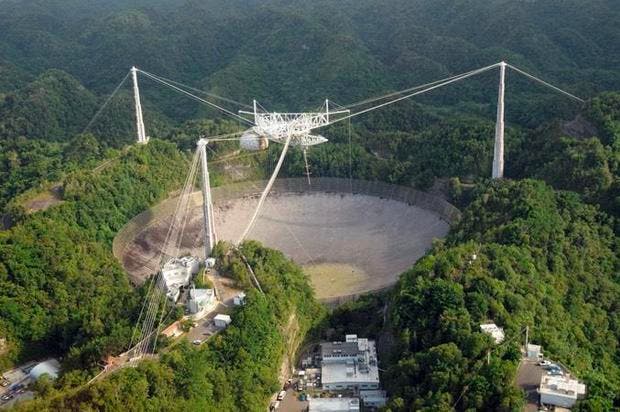
The collapse of the Arecibo radio telescope in Puerto Rico sent ripples through the world of science. Many mourned the loss of a telescope that helped us learn so many important things about the universe, with local researchers even tearing up during interviews.
The telescope, which was built in 1963, was still doing science — here are just some of the important discoveries made thanks to the Arecibo telescope.
Discovering the first-ever exoplanet
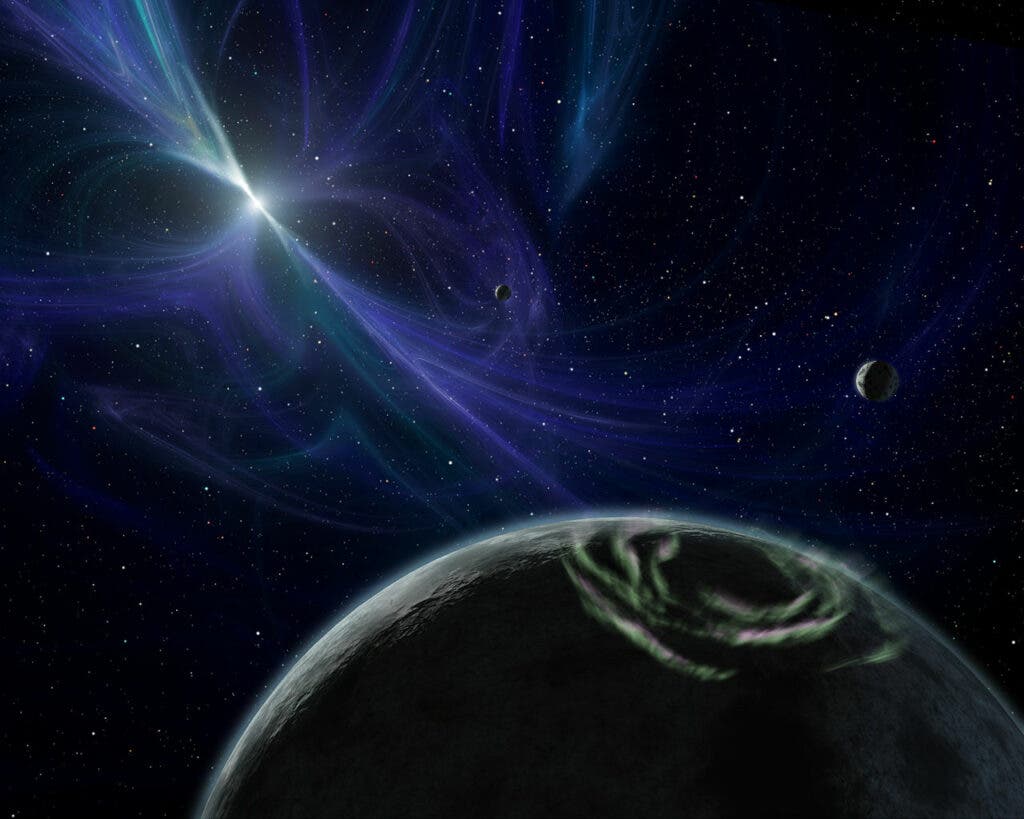
In 1990, researchers working at Arecibo discovered a millisecond pulsar, a kind of neutron star, with a rotation period of 6.22 milliseconds (9,650 rpm).
In 1992, subsequent measurements found the first-ever extrasolar planets: two planets orbiting the pulsar. Two years later, more refined methods found one more planet orbiting the pulsar.
The origins of water ice on Mercury
Mercury, the nearest planet to the Sun, isn’t the first place you’d expect to find water (or anything) frozen. But in 1991, astronomers at the Arecibo Observatory discovered “extremely reflective” material radiating from Mercury’s surface — which many interpreted as evidence of ice.
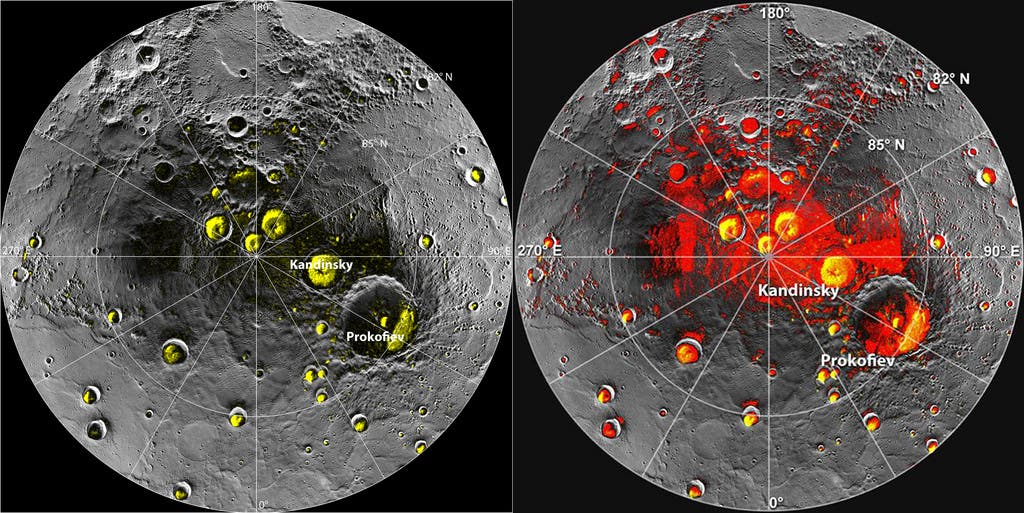
In 2017, data from the Messenger spacecraft around Mercury confirmed the existence of pockets of ice on Mercury, in cratered areas which are permanently shaded. Mercury doesn’t have an atmosphere, which means the heat doesn’t diffuse, so you can have scorching hot temperatures in close proximity to sub-freezing temperatures.
The Arecibo message
The Arecibo telescope was heavily involved in the SETI project, looking for potential signals from alien civilizations. In 1974, humanity even sent an interstellar radio message carrying basic information about humanity and the Earth (the message was aimed at the globular star cluster M13). It was meant to serve as a demonstration of human technological achievement, a way to show we can send out interstellar messages, rather than a real attempt to start a conversation.

The message was designed by Frank Drake, with the help of Carl Sagan and other astronomers and broadcast at Arecibo. Among others, it carried information about the numbers from 1 to 10 (white), the atomic numbers of chemical elements that make up DNA (purple), the dimension of an average human (blue/white), the graphic figure of a human (red), a graphic of the solar system (yellow), and a graphic of the Arecibo radio telescope (purple, white, and blue).
Discovering the first binary pulsar
Pulsars are highly magnetized rotating compact stars that emit beams of electromagnetic radiation out of their magnetic poles. Sometimes, pulsars have companions, like a white dwarf or a neutron star, in which case it’s called a binary pulsar. The first pulsar was discovered in 1967, but it was Russell A. Hulse and Joseph H. Taylor in 1974 that discovered the first binary pulsar.
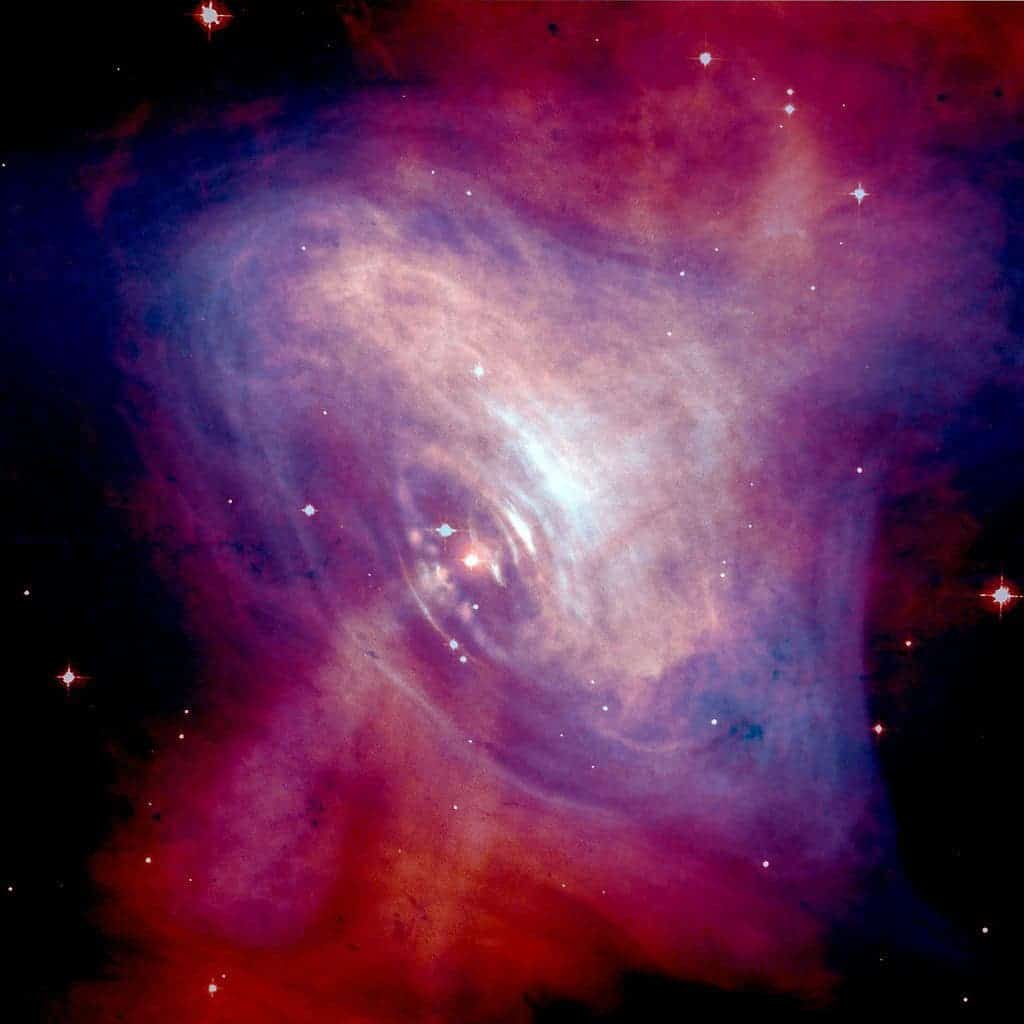
The two researchers at the Arecibo telescope discovered the binary pulsar using gravitational physics, paving the way for the discovery of the fabled gravitational waves. Their work was rewarded with a Nobel Prize.
Finding a dark matter galaxy
In 2006, astronomers discovered a mysterious cloud of hydrogen 50 million light-years from Earth. They called it VIRGOHI 21. Much to the surprise of astronomers, VIRGOHI 21 turned out to be a dark matter galaxy that didn’t emit any visible light (which is why a radio telescope turned out to be so useful).
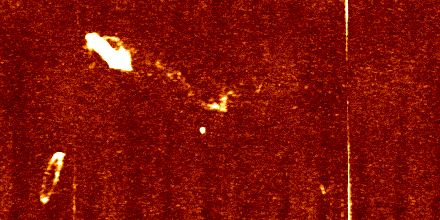
While there is still some controversy about what this galaxy really is (or if it even is a galaxy at all), data from Arecibo allowed its discovery and analysis, taking us one step closer to understanding one of the more exotic astronomical phenomena out there.
Understanding the ‘Weird!’ signal
In 2017, a weird signal (formally named ‘Weird!’ by astronomers) was reported. As if often happens, people’s imagination immediately went to aliens, but it turns out this wasn’t the case. Astronomers suspected a signal from a dim red dwarf, but this also didn’t turn out to be true.
Using data from the Arecibo telescope, researchers found that the signal was much more prosaic: it was interference from a nearby satellite.
Studying an asteroid close to Earth
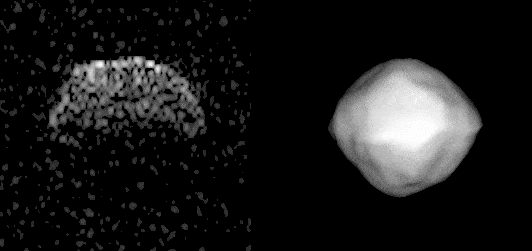
The Bennu asteroid was intercepted by the NASA OSIRIS-REx spacecraft, which closed in and captured an image from a distance of 600 metres (2,000 ft) from Bennu’s surface. But before NASA could get up close and personal with the asteroid, Bennu was studied extensively with the Arecibo telescope, helping to better prepare the mission.
In 2000, researchers at Arecibo also captured the first images of near-Earth asteroids.
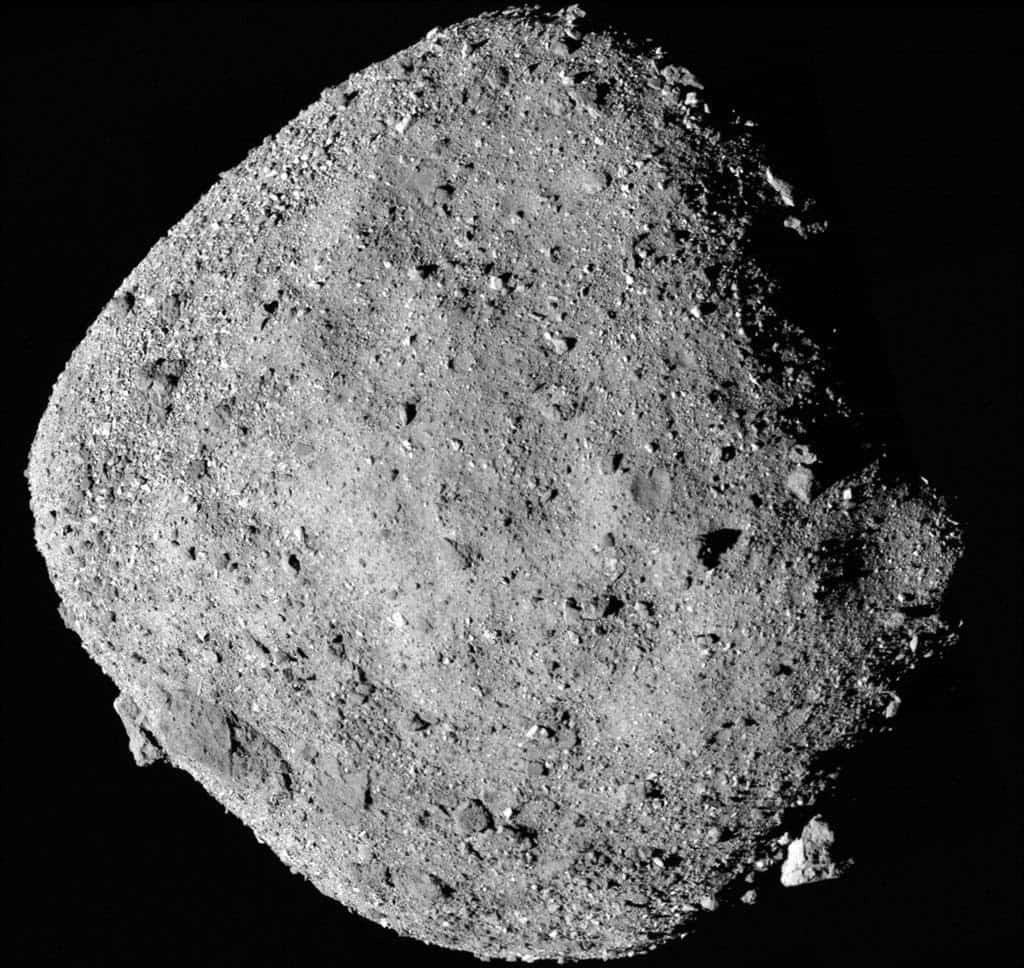
Radio maps of Venus and Titan
The first radar maps of Venus were done with the Arecibo telescope in the late 1970s, showing some of the Venusian relief and geology, and showing that its surface is less than one billion years old.
The maps were constantly refined and finessed. Many features, including mountain ranges, volcanic domes, and craters can be seen.
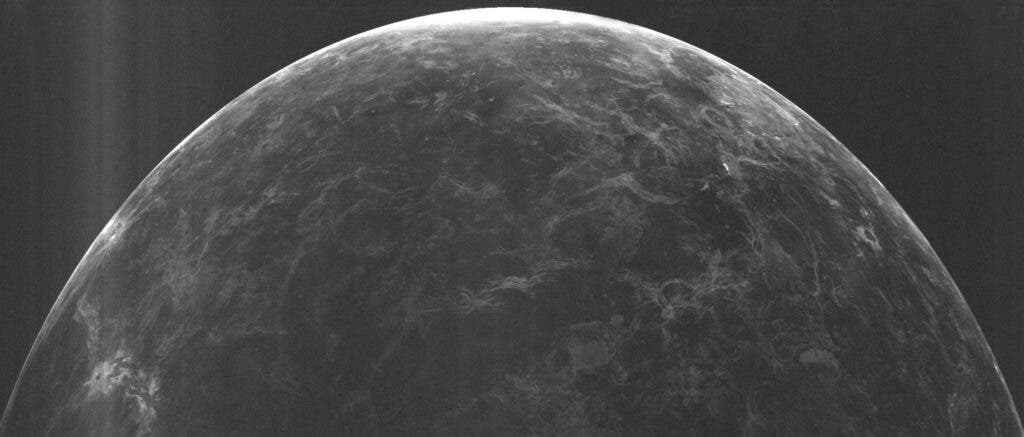
Titan, the largest moon of Saturn, is a weird place. It’s an icy world whose surface is completely obscured by a golden hazy atmosphere — and, as we’ve learned thanks to the Arecibo telescope, it has liquid hydrocarbon lakes on its surface.
As it is often the case, observations by Arecibo inspired future missions that analyzed things in greater detail. Here, the Cassini mission surveyed Titan and snapped the beautiful image below.
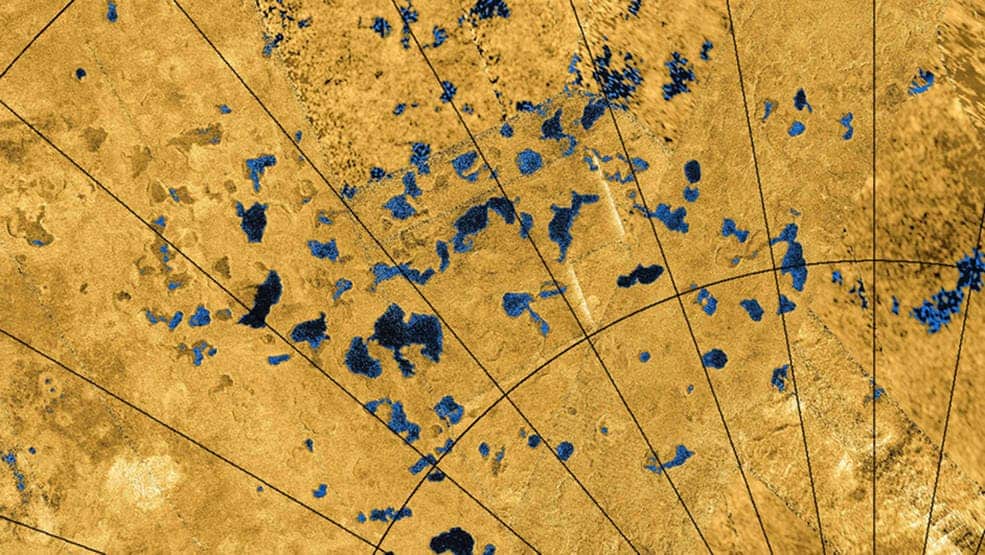
Neutron stars can be very large, but forming black holes is difficult
Neutron stars and black holes are the two most massive objects known in the universe. But they’re not always what they seem to be. In fact, neutron stars can be considerably more massive than previously believed, and it is more difficult to form black holes, according to 2008 research from Arecibo.
“The matter at the center of the neutron stars is the densest in the universe. It is one to two orders of magnitude denser than matter in the atomic nucleus. It is so dense we don’t know what it is made out of,” said Paulo Freire, an astronomer from the observatory, who presented the research. “For that reason, we have at present no idea of how large or how massive neutron stars can be.”
The most metal-poor galaxy in the known universe

In astronomy, metalicity is the abundance of elements present in an object that are heavier than hydrogen or helium. Galaxies with low metallicity are of special importance for astronomers as they could provide crucial insights about chemical evolution of stars and astrophysical processes occurring in the early universe.
In 2016, astronomers found the galaxy with the lowest known metallicity, which could offer a glimpse into the early days of the universe, and also mark a paradigm shift in the search for metal-poor galaxies.
Distant galaxies could hold ingredients for life
In 2008, astronomers from the Arecibo Observatory detected the molecules methenamine and hydrogen cyanide — two ingredients that build life-forming amino acids — in a galaxy some 250 million light-years away.
The fact that they could be observed at such a huge distance suggests that the compounds are highly abundant in the galaxy. It’s remarkable that we can make any observations about a galaxy this far away, let alone that we can tell that it has potentially life-forming molecules.
Solving the mystery of vanshing pulsars

Pulsars are often considered the orderly ticking clocks of the universe. A 2017 survey carried out at Arecibo contradicted that view, finding that sometimes, pulsars undergo a “vanishing act”.
“These disappearing pulsars may far outnumber normal pulsars,” said Dr. Victoria Kaspi of McGill University in Canada and the principal investigator on the PALFA project. “In fact, they may redefine what we think of as normal.”
In addition to all these discoveries (and many which we’ve missed), Arecibo was also an iomportant part of NANOGrav, the orth American Nanohertz Observatory for Gravitational Waves (NANOGrav), a consortium of astronomers who aim to detect gravitational waves via regular observations of an ensemble of pulsars. The NANOGrav group posted this statement:
“The NANOGrav Collaboration is greatly saddened by the impact of the planned decommissioning of the 305-m Arecibo telescope on the staff and scientists who have worked so hard for so many years to ensure its success. We will miss the telescope itself, as one of our own. Many of our scientific careers began with the training we received and camaraderie we enjoyed at Arecibo, for which we will be forever grateful. We also stand in solidarity with our fellow citizens in Puerto Rico for whom Arecibo has been an inspiration and source of pride for so many years. We urge the National Science Foundation to identify uses for the site and staff, as soon as practicable, that benefit from Arecibo’s unique characteristics and promote its continued inspirational role in STEM fields.”



